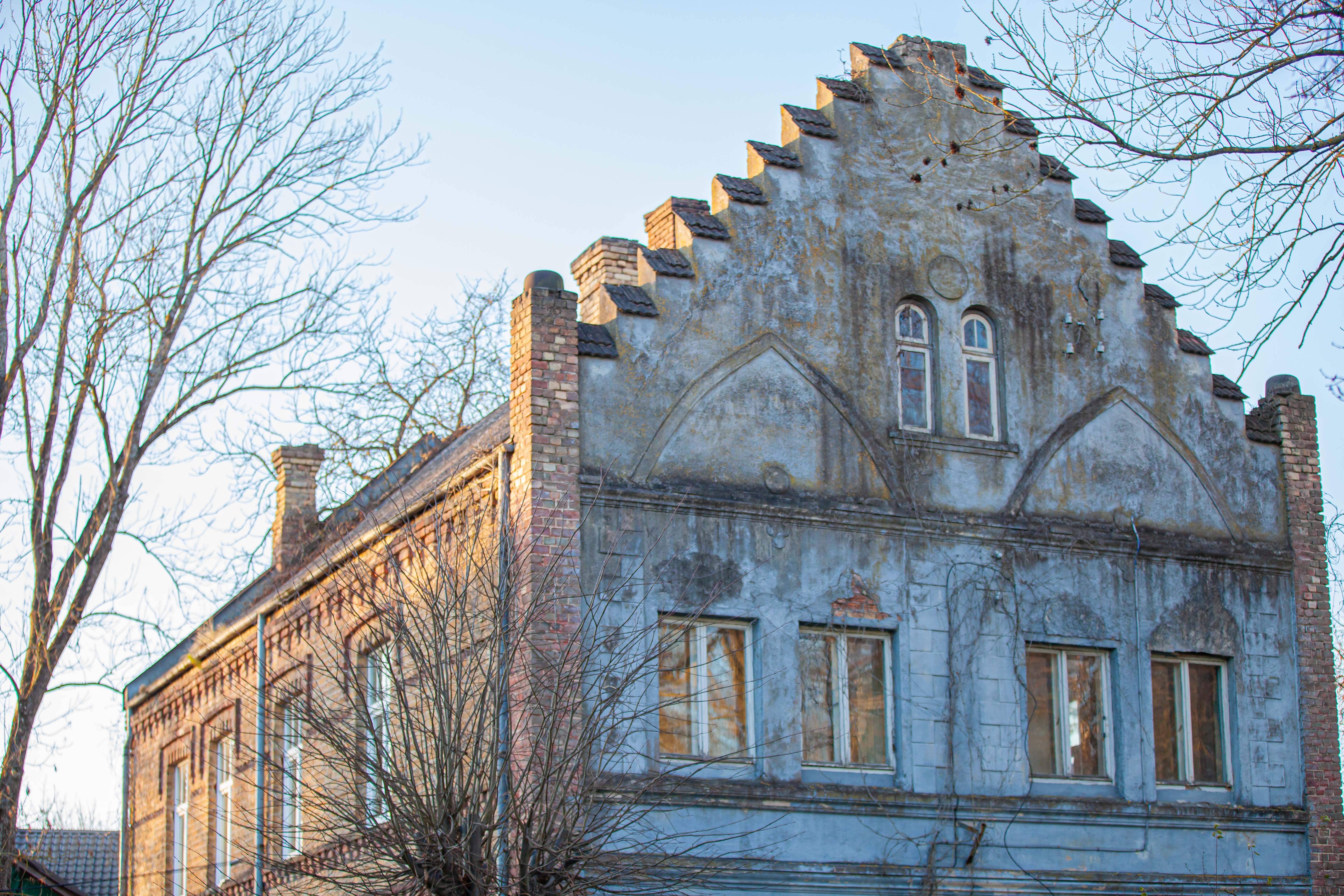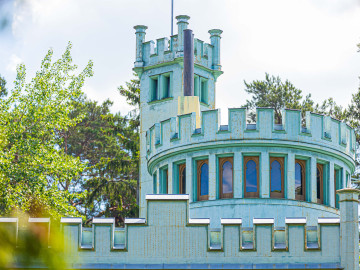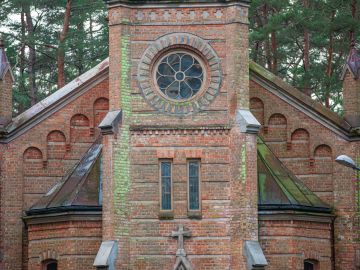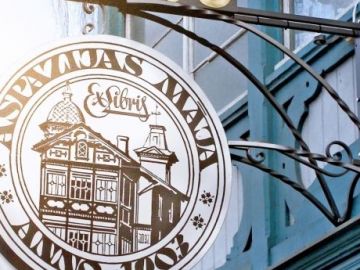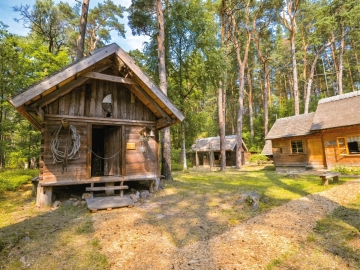Old Dubulti. The historical centre of Jūrmala
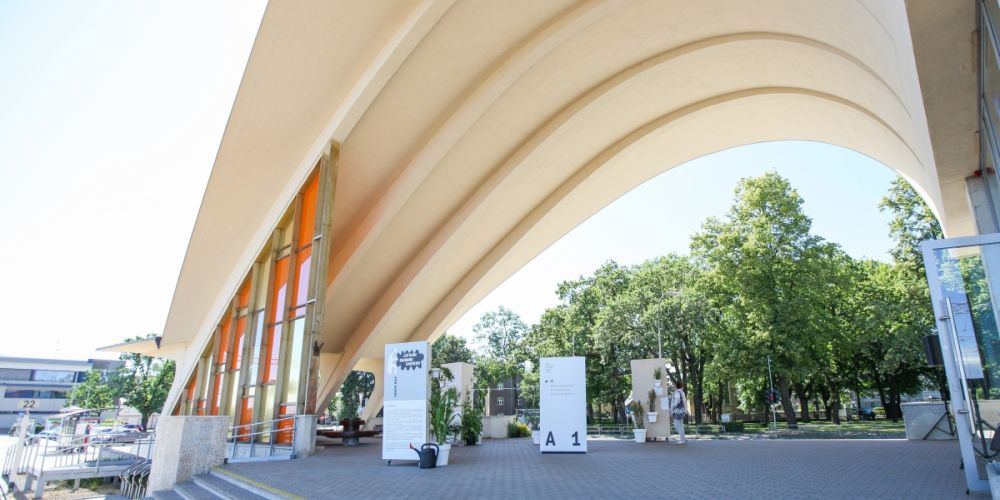
Dubulti is a part of the city of Jūrmala and its historical centre. When the first bathing guests arrived in Dubulti, only a couple of fishermen's houses stood here. Fishermen rented them out to holidaymakers and moved into nearby building or used the attic as a dwelling for that time.
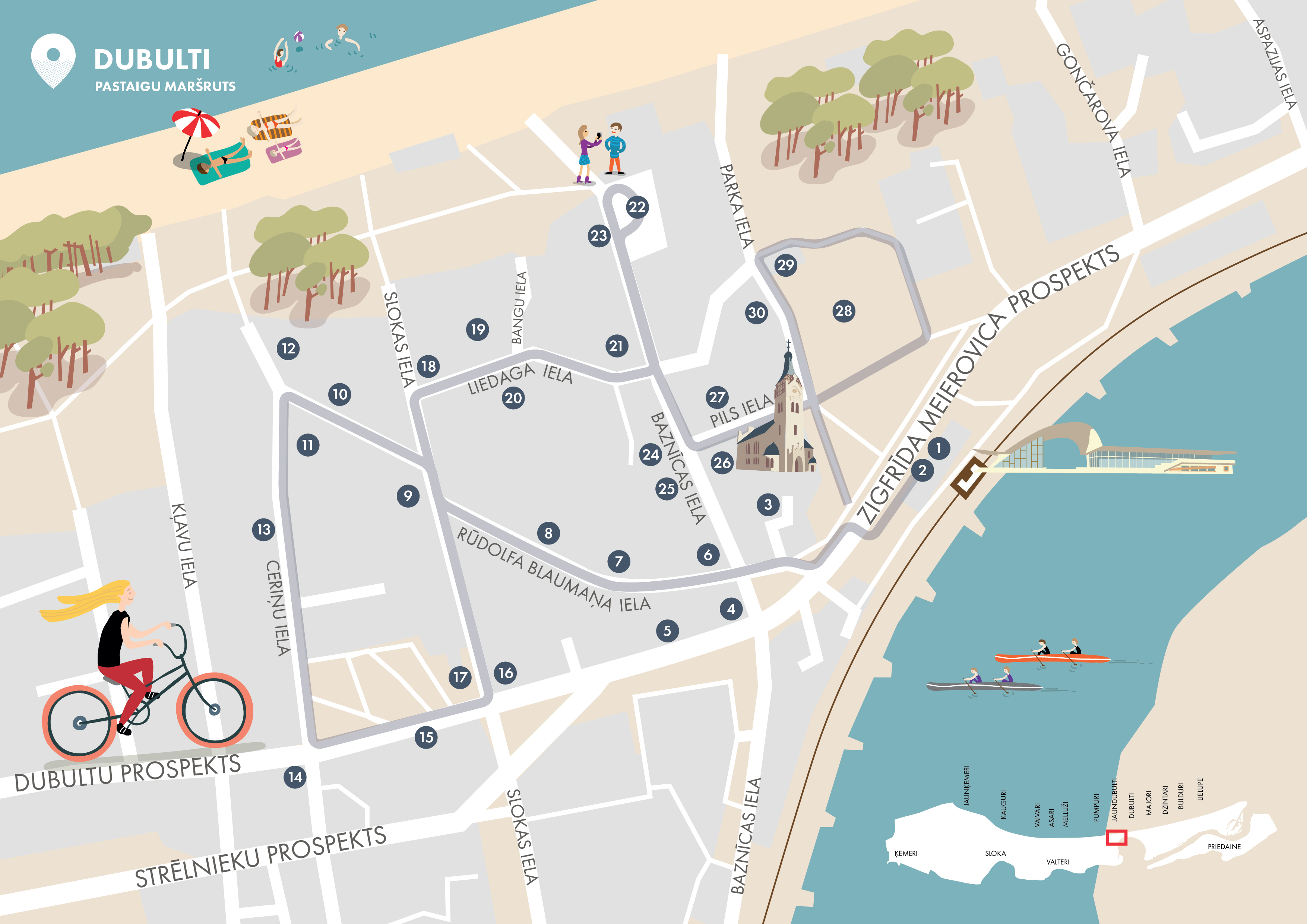
1. Dubulti railway station
In 1877 as the railway line Rīga–Tukums was opened, the “Dubbeln” (renamed Dubulti in 1919) station was opened for holidaymakers. Freight wagons were attached to trains to carry baskets, furniture belonging to holidaymakers, animals. There was insufficient place for passengers, therefore ten or even more cars were added to trains, so that platforms turned out to be too short. The two-story building was the largest wooden station on Rīga–Tukums railway line. The station had waiting areas, a telegraph office, a train ticket office and premises for a summer restaurant, along with living quarters of the station's employees, a luggage storage room and a news stand. In 1977 a new station building was constructed at the location of the old wooden building. The new station building was designed at the Leningrad Institute of Railway Engineers and it stands still today. The building was designed by architect Igor Yavein (1903–1980), according to whose designs over 100 railway stations have been built. The form of the building is reminiscent of a wave of the sea. In 2015 on the premises of the station besides ticket offices an exhibition hall of contemporary art – Art Station Dubulti was created. Those who wait for the train at the station have an excellent opportunity to spend their time enjoying art, which is a unique solution in Europe. The exhibition hall is open every day, entrance – free of charge
2. A view on the Lielupe from the railway station
Here the Lielupe takes a sharp bend to the north, coming as close to the beach of the Gulf of Riga as approximately 300 metres only. The opening of a railroad route in 1877 gave rise to new opportunities in goods and passenger transportation, however, until the beginning of the 20th century a ride on a steamship cost only a fifth of the price of a railway ticket.
3. Dubultu prospekts 1
The building was erected in 1910 as Dubulti detention house. Later it was used as a nursing home for the elderly, from 1930 – occupied by the city council, during Soviet times it housed the Executive Committee of the Council of Workers' Deputies of the city of Jūrmala. Presently several municipal institutions are located here.
4. Dubultu prospekts 5
At the end of the 19th century the building was occupied by the hotel “Centrale”. In 1949 after alteration of the inside of the building the cinema “Vētra” with 250 seats was opened here. It operated until the 1990s.
5. Dubultu prospekts 7
In 1910 a restaurant and a wood shed were located on this plot of land, until they were replaced by hotel “Eiropa”. There were eight rooms on the upper floor, the first floor contained a restaurant and a billiards hall.
6. Baznīcas iela 12/14, bistro “Dukāts”
The building was erected in 1966 as a canteen with 150 seats, later it housed the popular bar “Rubīns”. Since the 1990s it is home to a family enterprise – bistro “Dukāts”, which is one of the most popular pastry shops in Jūrmala.
7. Rūdolfa Blaumaņa iela 5
A local monument of architecture. A one storey building with plank siding built at the beginning of the 20th century with an open veranda in the mezzanine.
8. Rūdolfa Blaumaņa iela 7
A national monument of architecture. A residential building - summer cottage built in the second half of the 19th century in the National Romantic style with some Classicism details. The building with horizontal plank siding is one of the oldest in the former fishermen's village of Dubulti. It is an example of national house building traditions and shows the appearance of extensions required for seasonal holidaymaking – summer kitchen, veranda.
9. Slokas iela 6
A local monument of architecture. A large boarding house type building lavishly decorated with details of carved wood, built at the beginning of the 20th century. It housed a German school. Dubulti was a popular holiday resort for the German population of Latvia since the beginning of the 19th century. Colonies of German children of several organisations were located here. The most active was the German Women's Association founded in 1905, which kept five kindergartens, three youth houses and a children's colony in Dubulti in Latvia in 1932. At the end of the war a hospital was set up here, during the Soviet times – a school, later – the Young Technicians Station. Presently the building is a private property.
10. Rūdolfa Blaumaņa iela 15c
A national monument of architecture. The building was erected at the beginning of the 19th century and is one of the oldest buildings in the historical centre of Dubulti. One-storey building of heavy proportions with horizontal plank siding. The massive veranda with wooden columns stands at a distance from the building, it is emphasised by roof construction with a fronton, a small semicircular window is used as a decoration.
11. Rūdolfa Blaumaņa iela 22
The building has been constructed at the end of the 19th century as the house of the lady-in-waiting Charlotte von Bornhaupt. Before the World War I the building was hired by Lutheran minister Fricis Smithens (Fricis Šmithens), who founded Dubulti Grammar School. During the Soviet times the building was occupied by a branch of the Republican Trade and Cookery Vocational Training School, where future cooks, confectioners and salesmen were trained. The famous Latvian chef a native of Jūrmala Lauris Aleksejevs (Lauris Aleksejevs), who presently is in charge of the restaurant “36. līnija” in Dubulti, at the end of Baznicas street on the shore of the sea, has also graduated from it. The building was torn down in 2012 and a copy of the original building was built in the same location in 2015. During demolition German newspapers from 1885 were discovered glued to walls under the wallpaper. Presently the building is privately owned and the summer cottage theatre operates here in summer.
12. Ceriņu iela 3
On the peak of the dune stands a copy of a building from the beginning of the 20th century with an open veranda and a terrace decorated with splendid wood carvings. The building is a national monument of architecture. Mezzanine construction in the centre forms a covered porch with an aperture in a semicircle. Its curved lines indicate an Art Nouveau influence. The building is situated at a considerable distance from the street and reveals itself as a splendid building of Dubulti fishermen's village.
13. Ceriņu iela 12
A local monument of architecture. The former Great Summer Synagogue, built in 1904 as a canteen, because at the time a sufficient number of Jews were not permanently registered according to the law on construction of places of worship. In the Soviet times it housed the club of health centres, later - a market. The interior was rebuilt and the location of the central entrance was changed.The construction of the synagogue was supported financially by prominent Jewish families operating in the timber industry - Salits (Šaliti), Berlins (Berlini), Ginzburgs (Ginzburgi) and Hindins (Hindini), who had summer cottages in Jūrmala. Representatives of these families were not only prominent businessmen, but also actively involved in public life and philanthropy. The industrial zone in Dubulti was traditionally located on the other side of railway tracks by the river along Slokas street. The largest enterprise was the sawmill and the branch of the timber export company “Berlins un Šalits” at Slokas street 47, founded by manufactors Meir Berlin (Meir Berlins) and Zalamans Salits (Zālamans Šalits) in 1898. The enterprise was one of the largest timber producers in the Baltic states.
14. Ceriņu iela 22, hotel “Kurshi Hotel & Spa”
Guest house “Kurši” was opened in 1994 following the reconstruction of the historical building. In 2015 a modern building was constructed adjacent to it, which enabled the owners to expand the range of services with a spa centre and a restaurant, as a result “Kurshi Hotel & Spa” complex came into being.
15. Dubultu prospekts 18
A local monument of architecture. The building was erected in 1906 as a residential building and a shop. In 1921 a bakery owned by Karls Gerlins (Kārls Gerliņš) opened here, during the Soviet times a bakery complex was located here.
16. Dubultu prospekts 19
The building was erected in 1912 based on a project by Eizens Laube (Eižens Laube) (1880–1967); presently it is a national monument of architecture. The plot of land and the building belonged to Rīga Jūrmala Credit Union. The pilasters of the large order rhythmically divide the façade of the building, the upper part of the building has a massive corner tower with three tiers. Inside the building some fragments of the bank's interior have been preserved. The building has played a major role in the history of Jūrmala. On 26 November 1918 the mayor of the city Juris Ositis (Juris Osītis) announced here to inhabitants of Jūrmala that Latvian state has been founded. In 1920, when Rīgas Jūrmala was created, the building housed the council of the city, which until 1924 was chaired by Peteris Belte (Pēteris Belte); later a bank under his management and his apartment occupied it. In the Soviet times Jūrmala division of the State Bank was located here. Presently flats, shops, medical practices occupy the building. In 2012 a memorial plaque was unveiled by the building dedicated to Peteris Belte.
17. Slokas iela
Slokas street formerly was called Baznicas street (Church Street), because on the crossroads with Dubultu avenue the first wooden church in Dubulti was located, consecrated in 1857.
18. Slokas iela 3, k-lit.1
A local monument of architecture. A residential building with a turret, a fronton construction, strips of ornaments built in 1902. Presently it has been restored carefully as a beautiful example of a summer cottage of the beginning of the 20th century.
19. Liedaga iela 7
The building was erected in 1922. It has a mezzanine under the roof and a two-storey veranda with small paned windows as the central highlight. On the northern side of the house a summer kitchen extension has been preserved. The building is decorated with wood carvings.
20. Liedaga iela 18, lit. 1 and lit. 2, and Liedaga street 20
Local monuments of architecture. The buildings are characteristic of Dubulti fishermen's village at the turn of the 19th and the 20th centuries – one-storey wooden buildings with a veranda and details carved in wood.
21. Liedaga iela 11
A local monument of architecture. The beautiful two-storey Neo-classicism building was built in 1912 based on the project of Eižens Laube as a boarding house. Doric order columns are connected among themselves by a turned wood balustrade.
22. Baznīcas iela Car park
From 1903 to 1915 this plot of land was occupied by the summer amusement garden “Mon plaisir”. The administration of the garden hired artists to create a programme of public entertainment events each year.
23. Baznīcas iela 2, lit. 3
An excellently restored historical building, which presently houses a popular Georgian cuisine restaurant with a cheburek bakehouse by its side, popular among many guests of the city.
24. Baznīcas iela 4
A national monument of architecture. The building with horizontal plank siding was built at the beginning of the 20th century, and it is an example of the typical eclectic architecture of wooden summer cottages in Jūrmala. The composition is asymmetrical and reminds one of Art Nouveau. The interior includes several monuments of art – the decorative finish of the interior, a stove and a fireplace.It was once home to Pauls Rubis (Pauls Rubis) (1879–1970) a master of applied arts. After graduation from Saint Petersburg Stieglitz State Academy of Art and Design he returned to Latvia and worked in the prison system, combining his work duties with creative expression. Pauls Rubis introduced the progressive system for the enforcement of penalties – by creating different prison workshops and thus opening a way for the prisoners to learn and develop their occupational skills. This Latvian experience was adopted as a good example by foreign countries too. Pauls Rubis was also an author of furniture and decorative items, and his creative work facilitated the development of the industry. Furniture was produced for many national authorities and eminent persons based on the master's designs – this furniture is in the Presidential residence of Latvia, the Cabinet of Ministers, courtrooms, in private possession of writers, doctors. Pauls Rubis died in 1970; he is buried in Vecdubulti Cemetery in Jūrmala.
25. Baznīcas iela 6
A local monument of architecture. A residential building with rich decorative finish of the façade built at the beginning of the 20th century. During the Soviet times it housed “Dubulti” guest house.
26. Baznīcas iela 13, Dubulti Lutheran Church
A national monument of architecture. The church is the most impressive object in the neighbourhood and dominates it, and it is the most monumental and splendid Art Nouveau building in Jūrmala from the point of view of historical and sacral architecture.The building with 750 seats was built by the construction contractor and manufactor, a master in masonry Krisjanis Kergalvis (Krišjānis Ķergalvis) from Riga based on the project by Vilhelms Bokslafs (Vilhelms Bokslafs) and Edgars Frizendorfs (Edgars Frīzendorfs) from 1907 to 1909. The church was built on money donated by people. The tower clock produced by “J. Jakšs & Co” company in Riga was donated by Mrs. Putnina (Putniņa) according to the wish of the deceased Jekabs Putnins (Jēkabs Putniņš), who operated in the timber industry and was a ship owner. Two bells and the altar were donated by Baron von Fircks. The altar painting, Luther's portrait and 48 wooden benches with three-leaf ornament were donated by the Baltic German merchant and entrepreneur Christian Carl Christoph von Stritzky on his wedding day. The altar of the church and the organ built in Burnley (Great Britain) in 1925 by “Driver&Co” company are monuments of art. In 1962 the church was alienated from the parish, and until 1990, when the parish returned its property, it housed Jūrmala History and Art Museum, as a result of which Baznicas street during that period was renamed Muzeja street
27. Pils iela 7 and Pils iela 9
Two buildings with Neo-classicism features and an identical main façade. The building at Pils street 7 is a local monument of architecture. Built at the beginning of the 20th century.
28. Dubulti square
In 1848 Dubultu spa house with a concert hall, a restaurant and a billiards hall was built here. In 1877 the building burned down and a new spa house was built here with additional buildings and a larger concert garden. The monumental volume of the building, which was reminiscent of a palace, was designed by the architect of Rīga city Johann Daniel Felsko. Dubultu spa house was the largest and most splendid kursaal in the Baltic states. An open air concert garden was built by its side, surrounded by four additional buildings for better acoustics – “Bellevue”, “Ellysium”, “Hermitage”, “La Trappe”. For 35 years the spa house was the centre of the public life of the local fine society and the bathing guests. During the bathing season the orchestra performed concerts twice a day. Summer concerts were very popular. To keep up with the Horn's Garden in Majori, the concert garden of Dubultu spa house offered free tickets to those guests, who purchased railway tickets from Rīga to Dubulti and back to Rīga on working day evenings. In 1895 a new musical pavilion with a glass wall was built, where famous orchestras performed, however, the centre of the musical life gradually shifted to Majori and Dzintari, where the new Edinburgas spa house began offering concerts. To attract more guests Dubultu spa house organised wonderful garden feasts with thousands of lights, theatre and operetta performances, Swedish breakfast, fireworks, light shows, balls and free concerts in the park. In the 1930s Rīgas Jūrmalas City Grammar School, later Secondary School operated in the spa house. In the 1970s the historical building was demolished and on 22 April 1977 a monument to V. I. Lenin (author – J.Maurins (J.Mauriņš), architect – K.Alksnis (K.Alksnis)) the largest in the Baltic states and the third largest in the USSR – its height was 4,5 m - was erected. In the Soviet times national holiday events, parades were held here. In the 1990s the monument was demolished.
29. Parka iela 1
The building was erected in 1877 and it is the only one preserved from Dubulti spa house complex “Bellevue”. In the Soviet times it was used as a summer cottage for education personnel – teachers. The Fairy-tale House “Undīne” occupied it for a long time in modern times, now it houses the Environmental Protection Club.
30. Parka iela 6
A historical building, which was once the home of Dubulti parish pastor Martins Eihe (Mārtiņš Eihe), who served as a pastor in the parish from 1931 to his death in 1952. As a pastor of Dubulti parish he took part in the funeral of poetess Aspazija in Raina Cemetery in 1943.
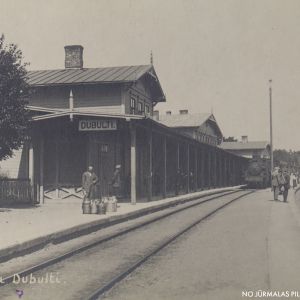
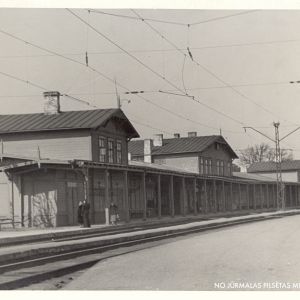
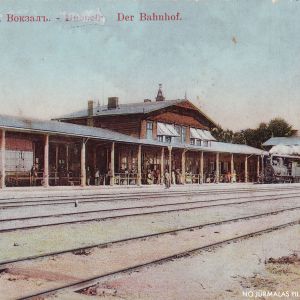
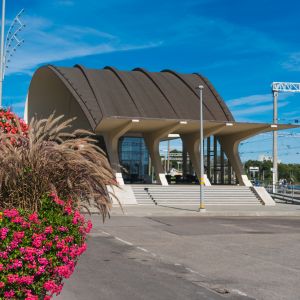
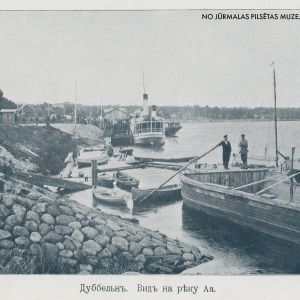
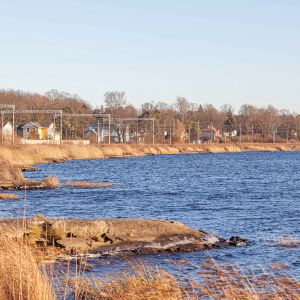
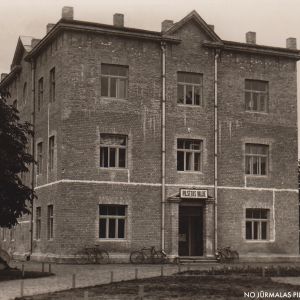
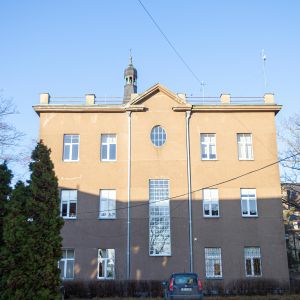
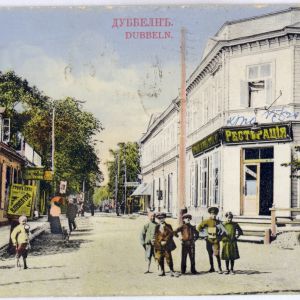
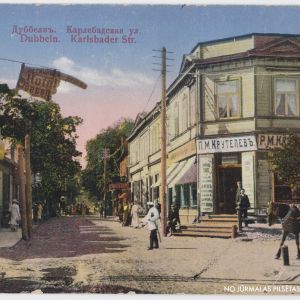
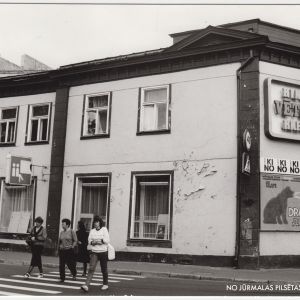
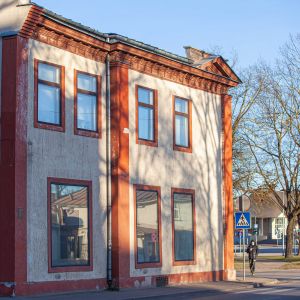
.JPG)
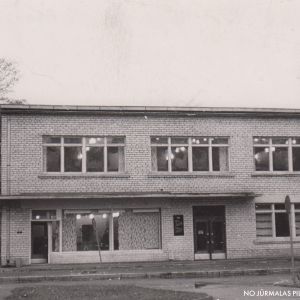
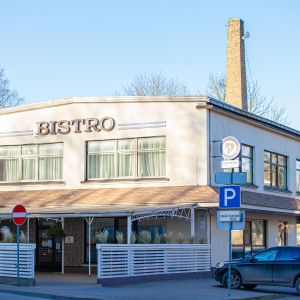
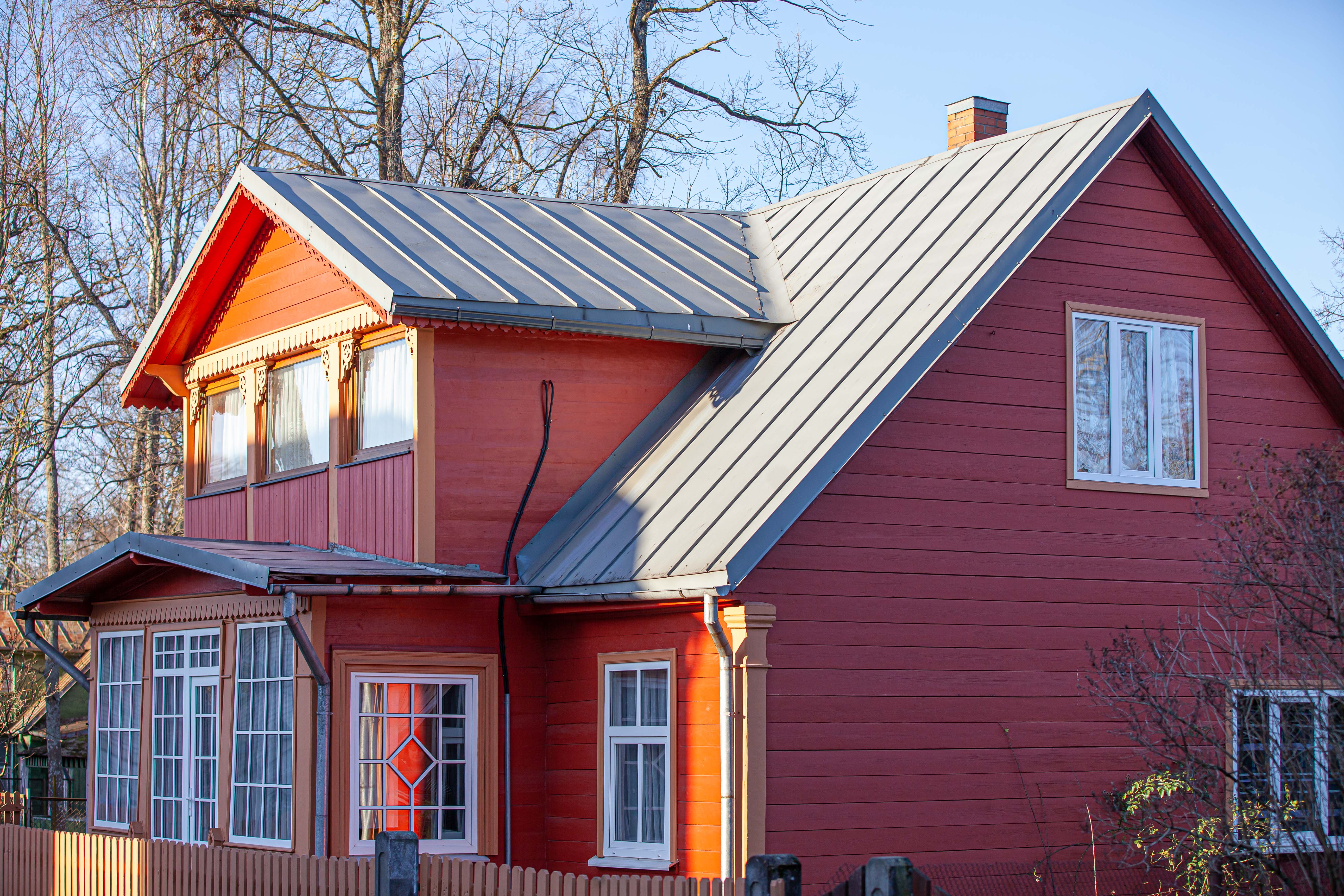
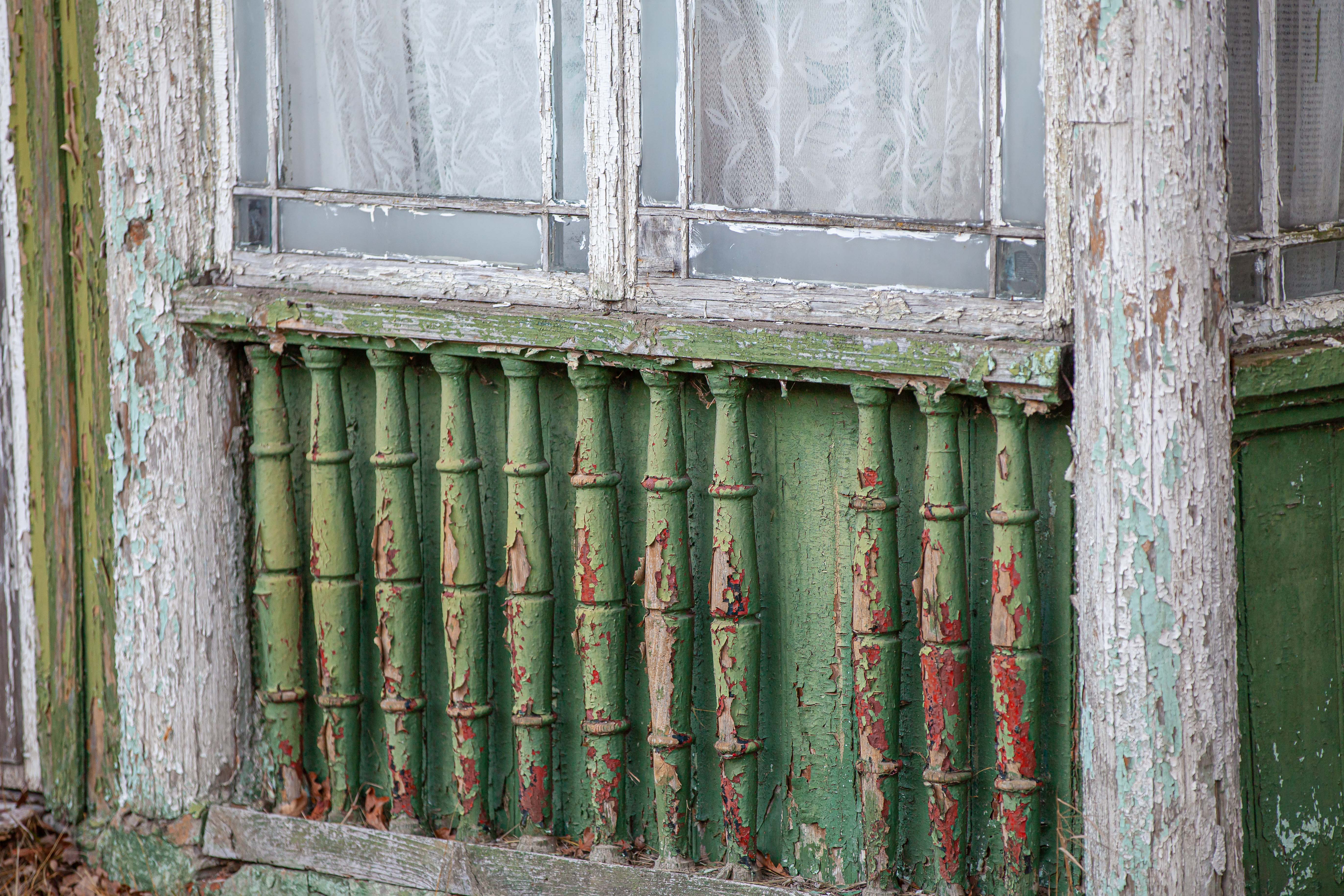
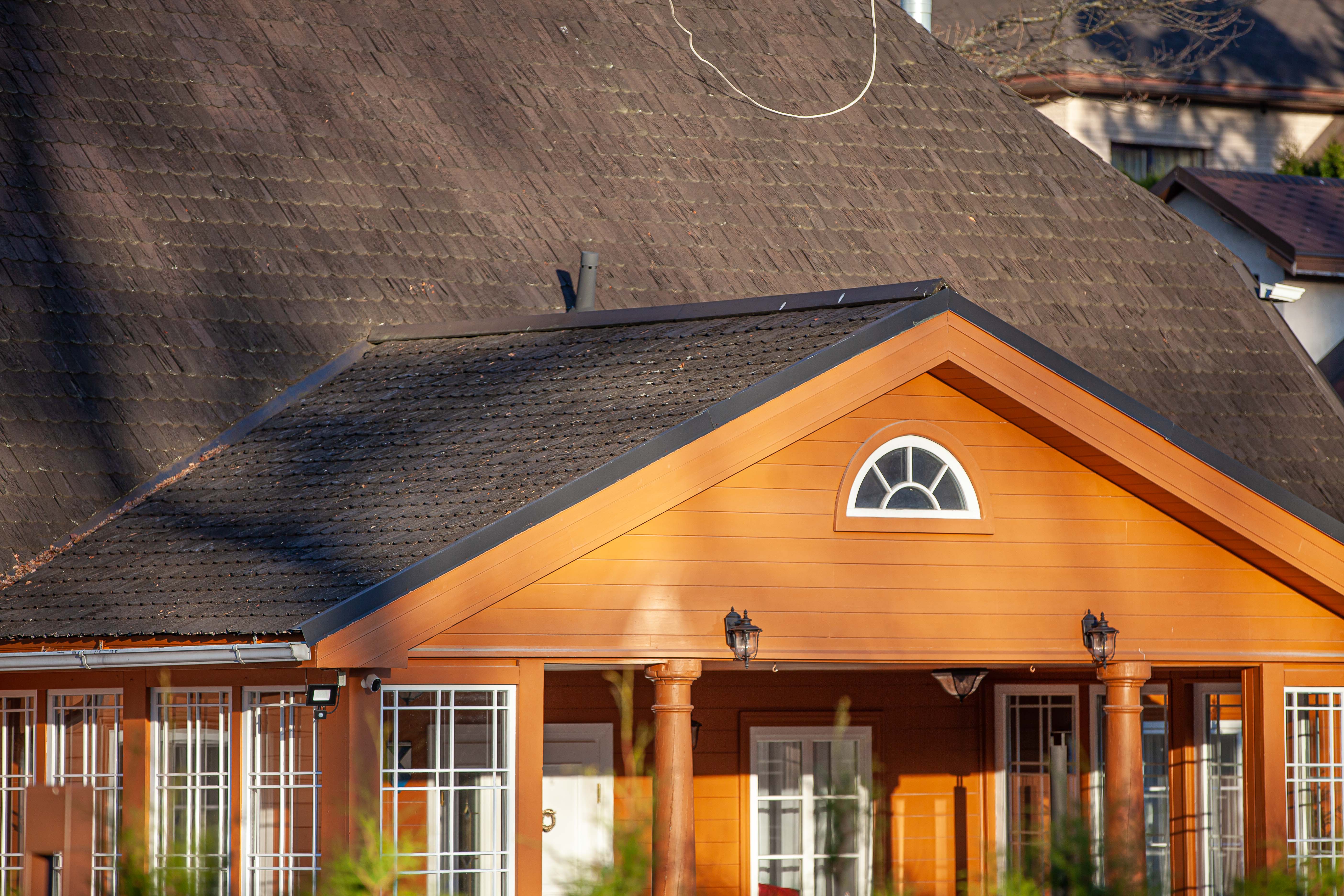
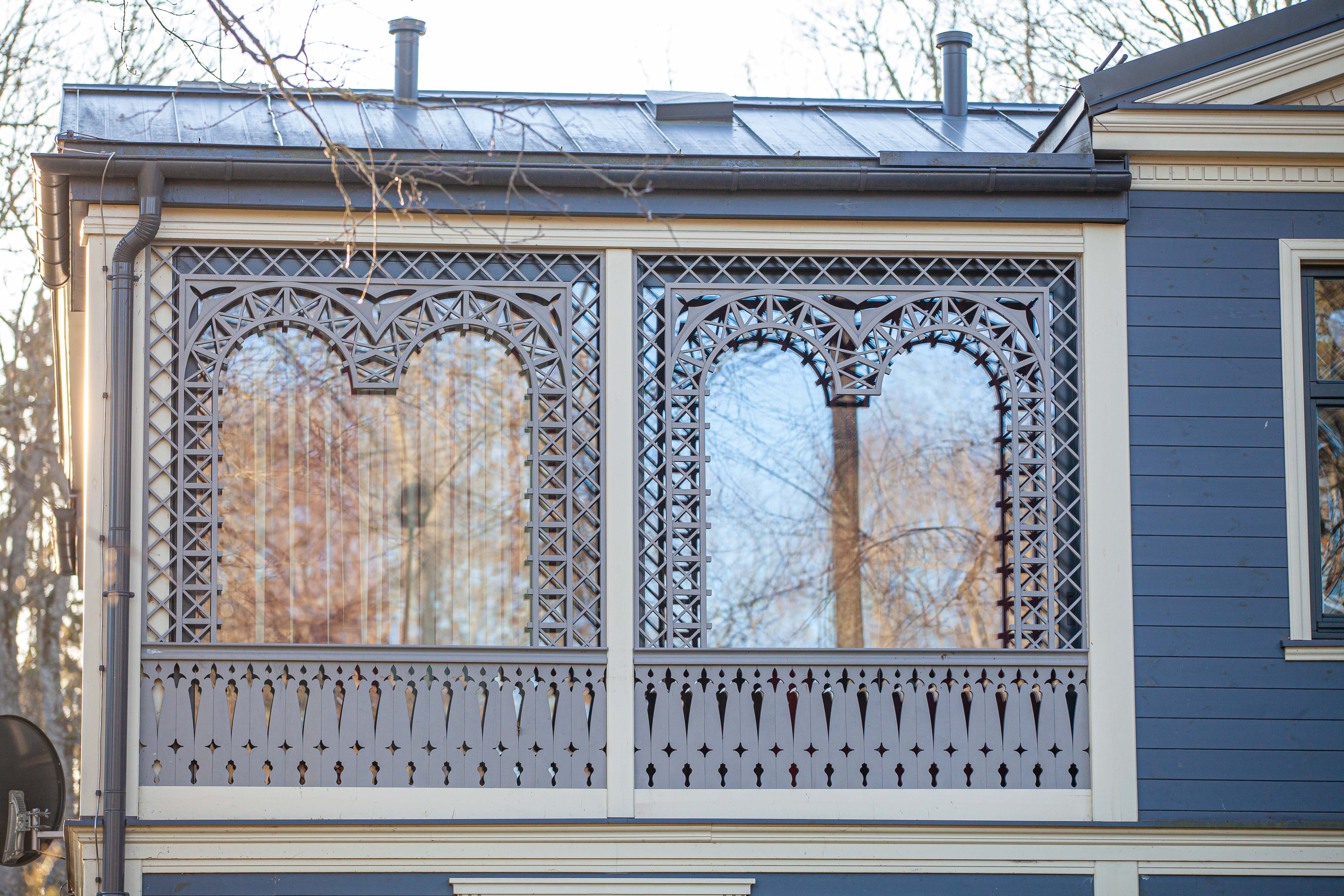
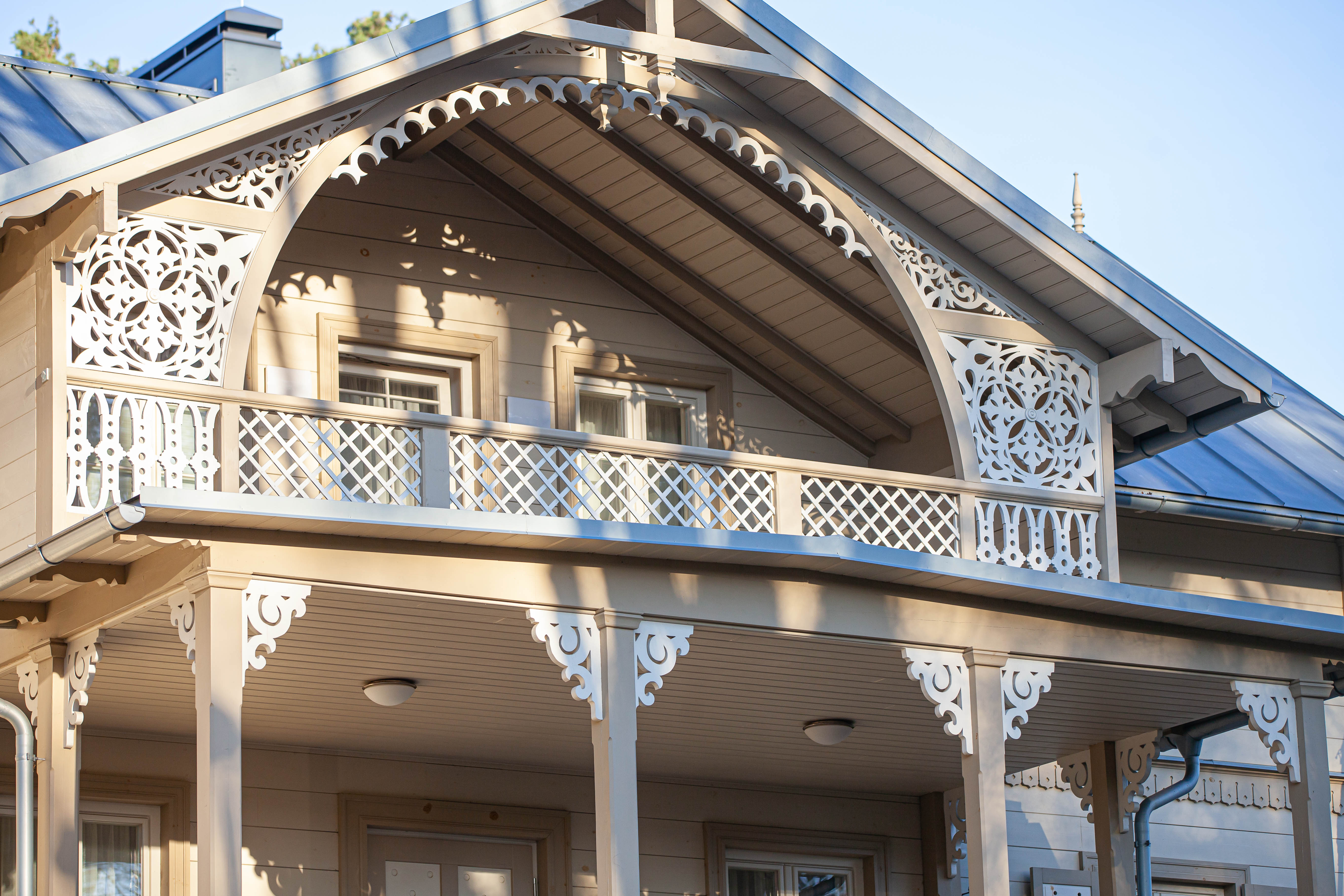
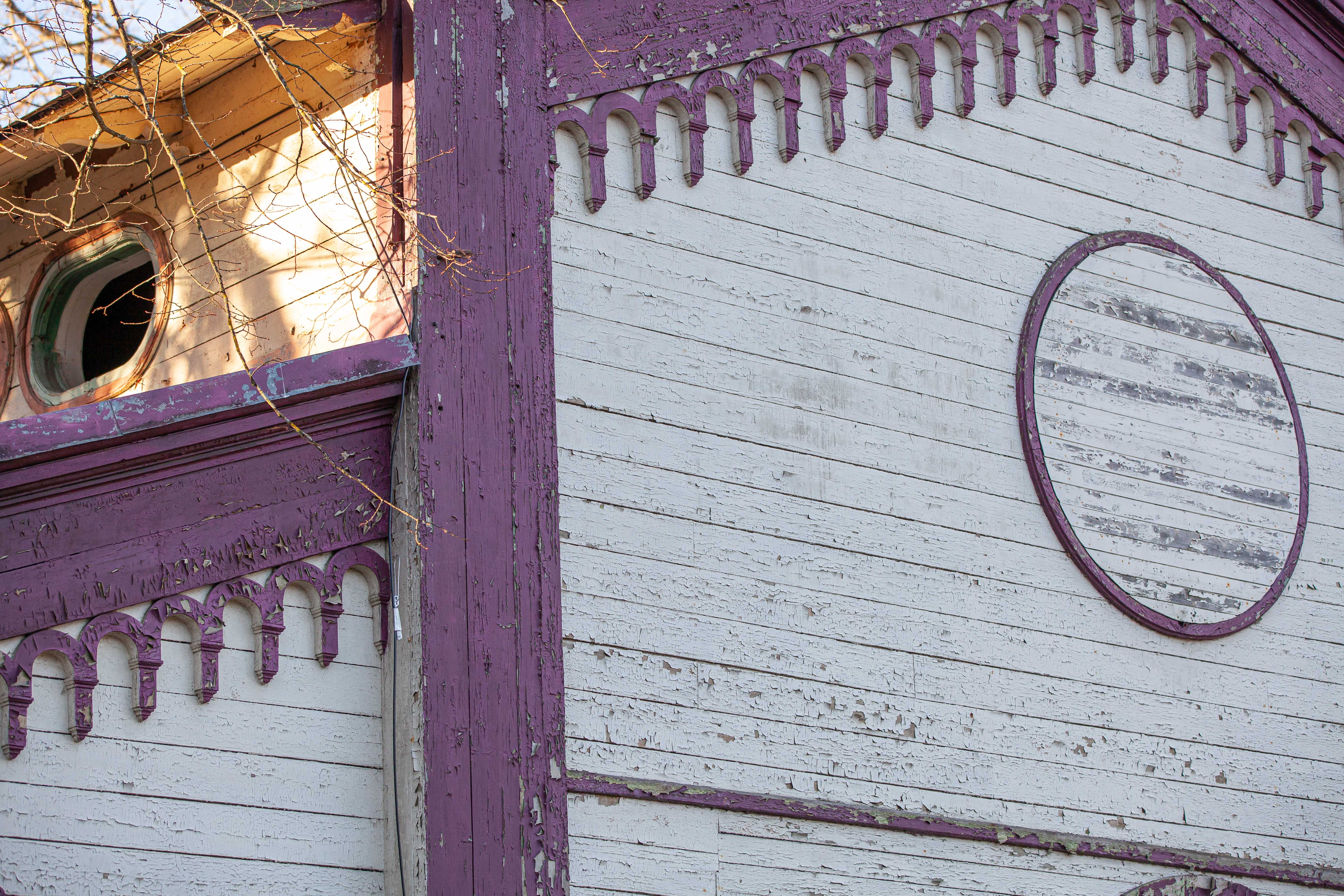
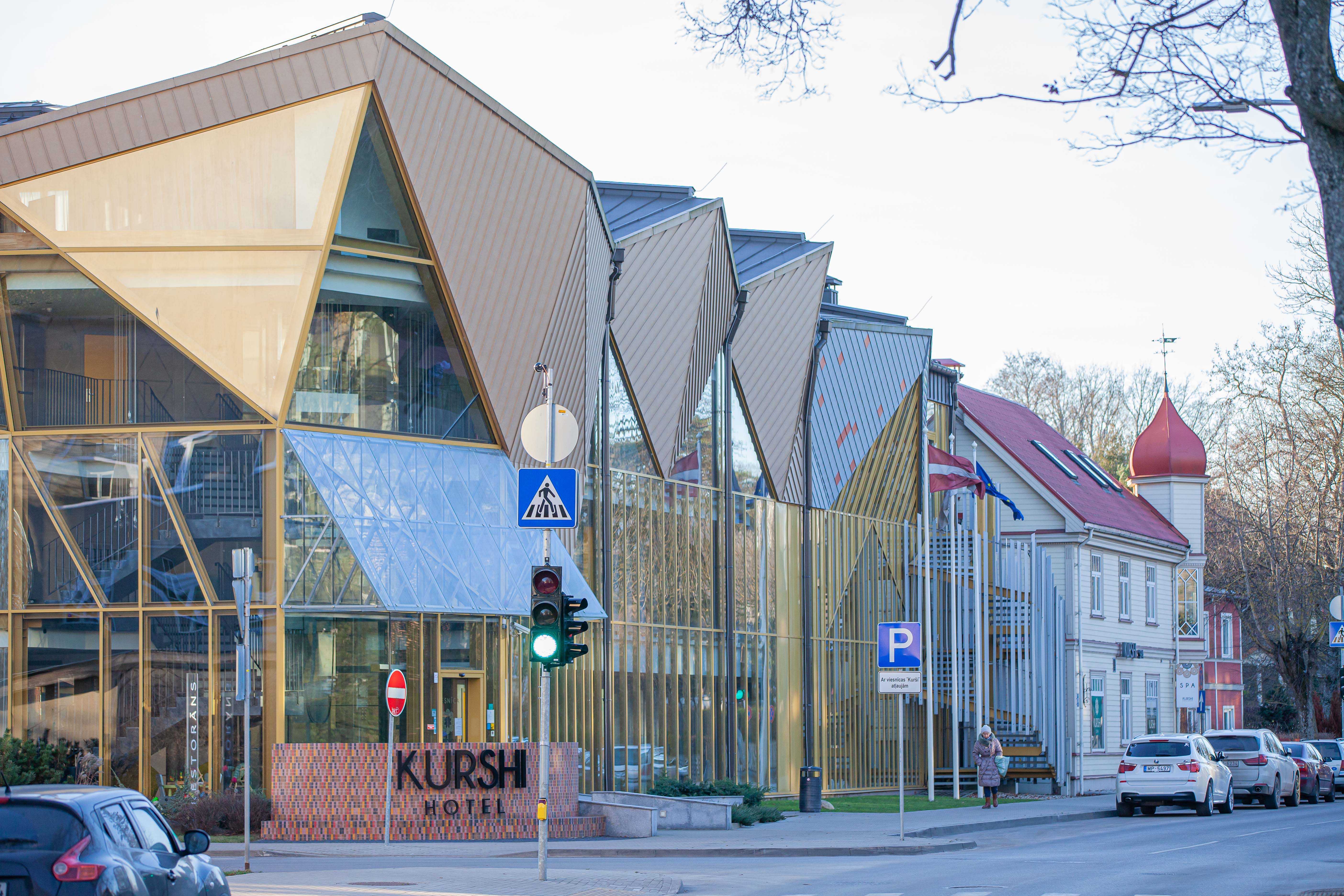
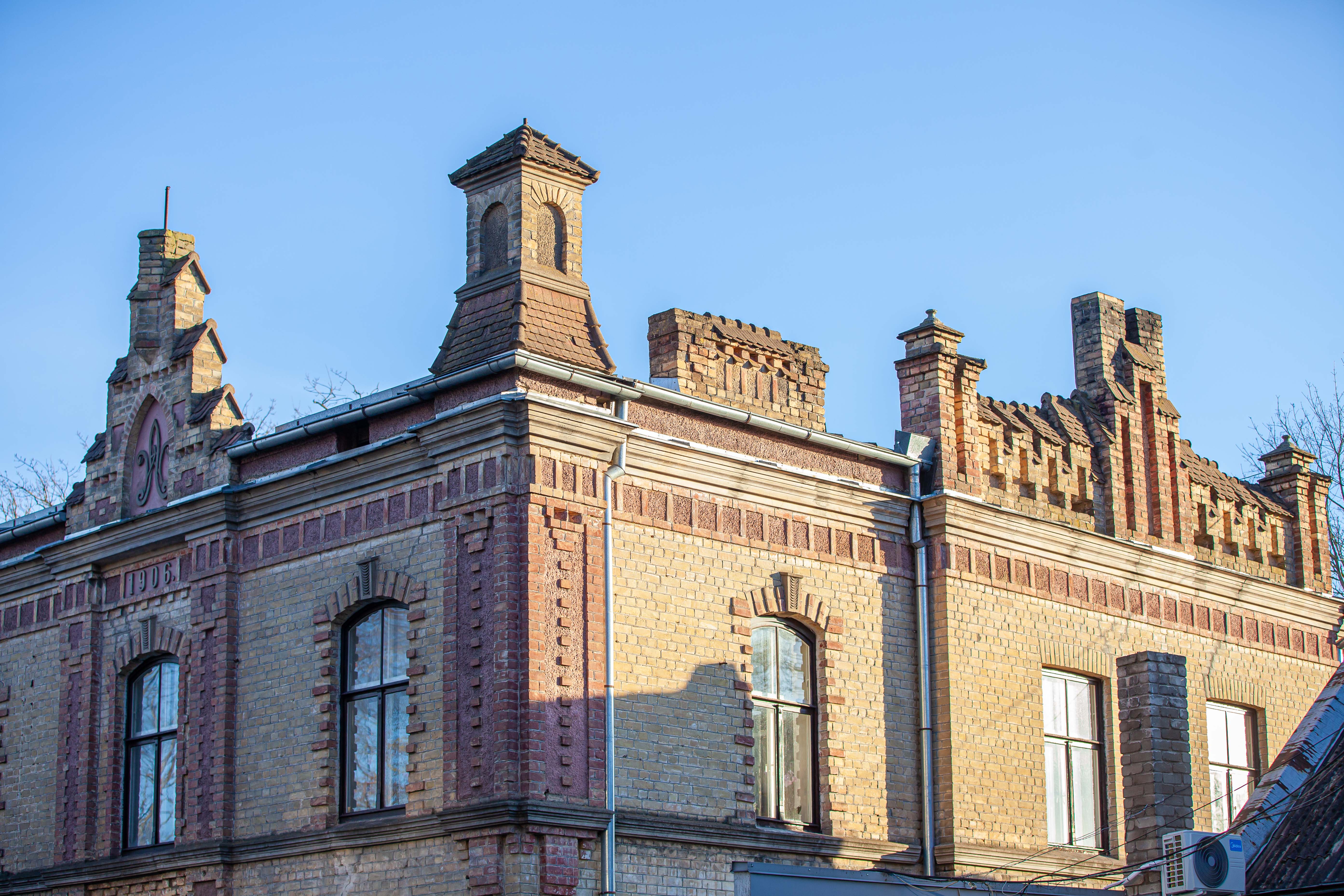
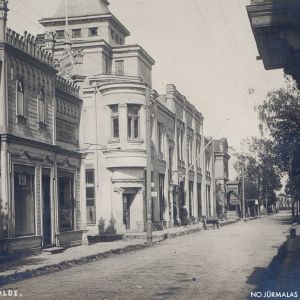
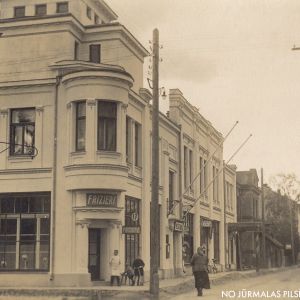
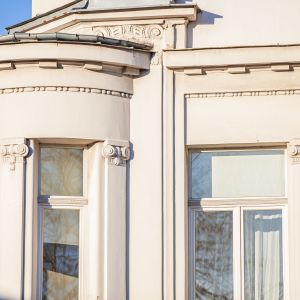
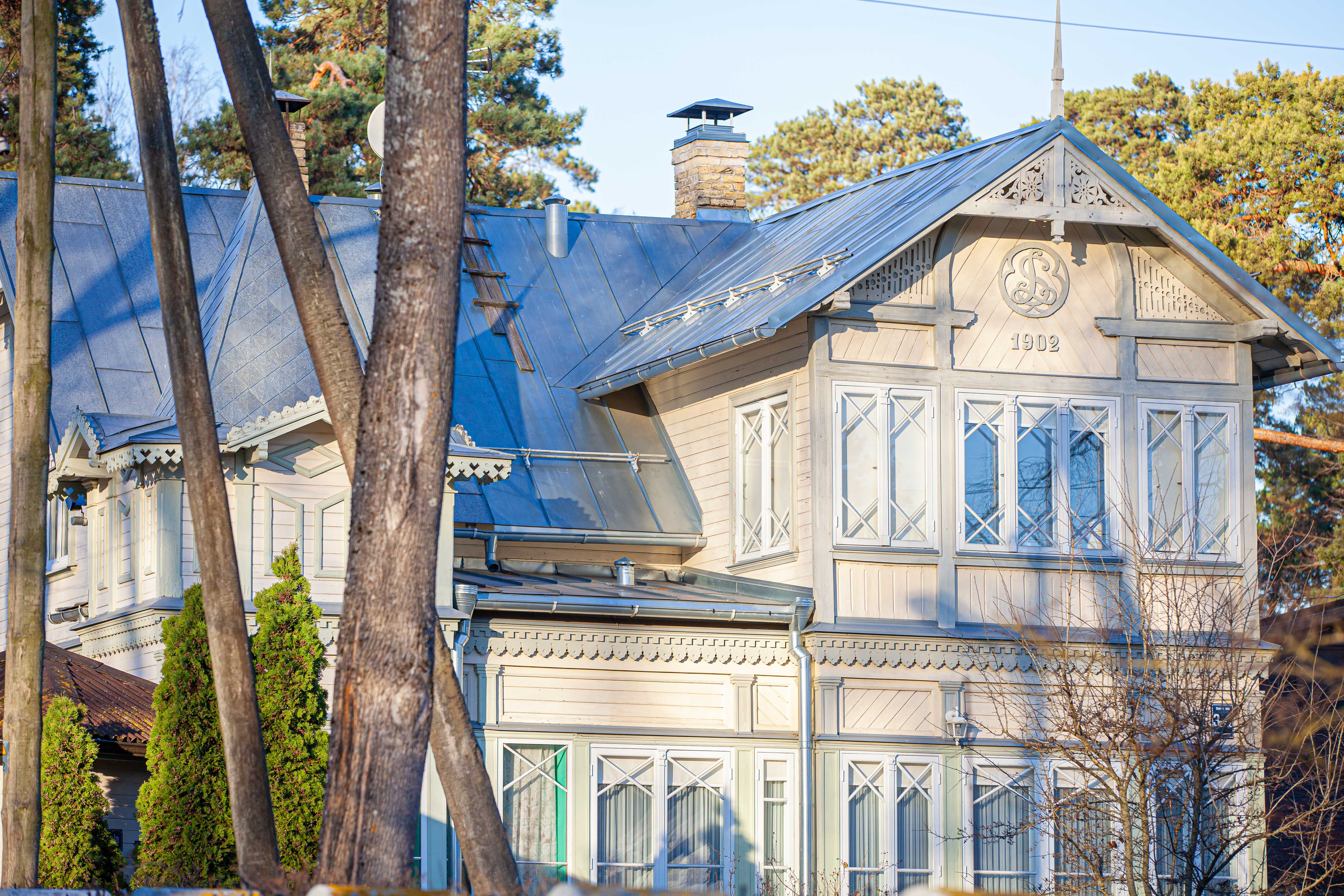
.JPG)
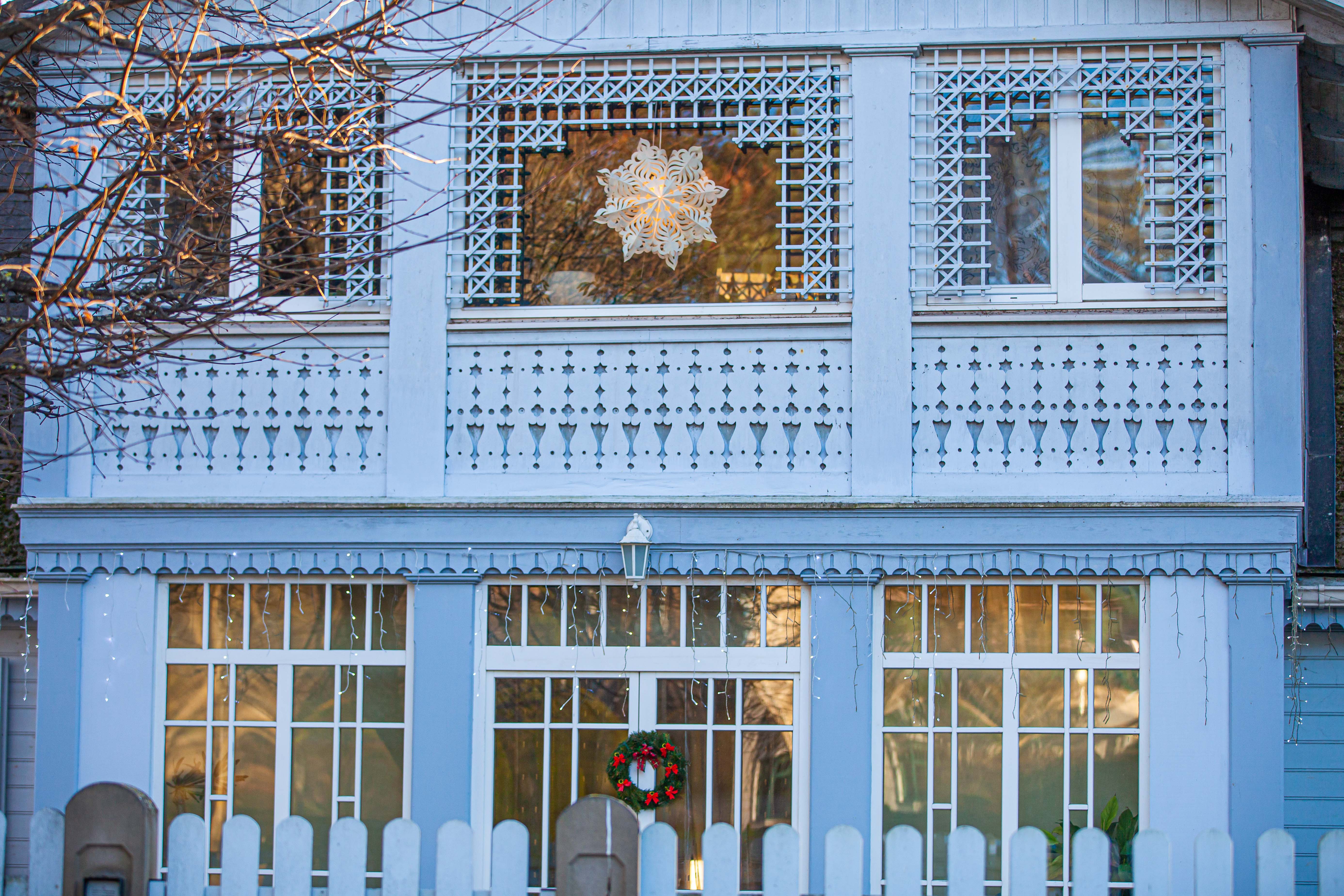
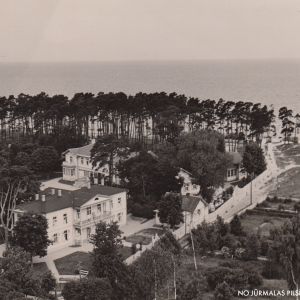
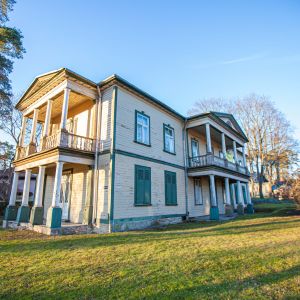
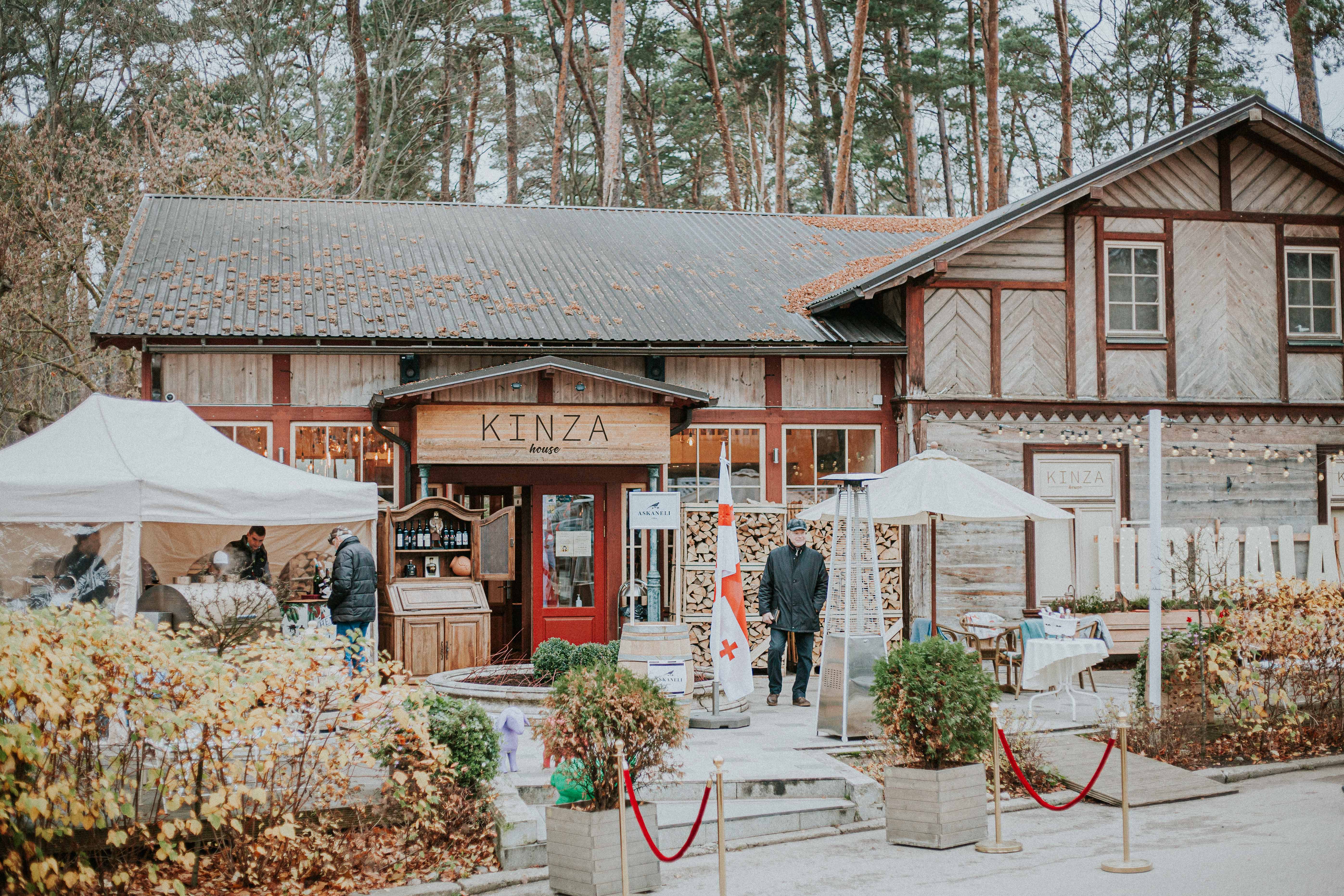
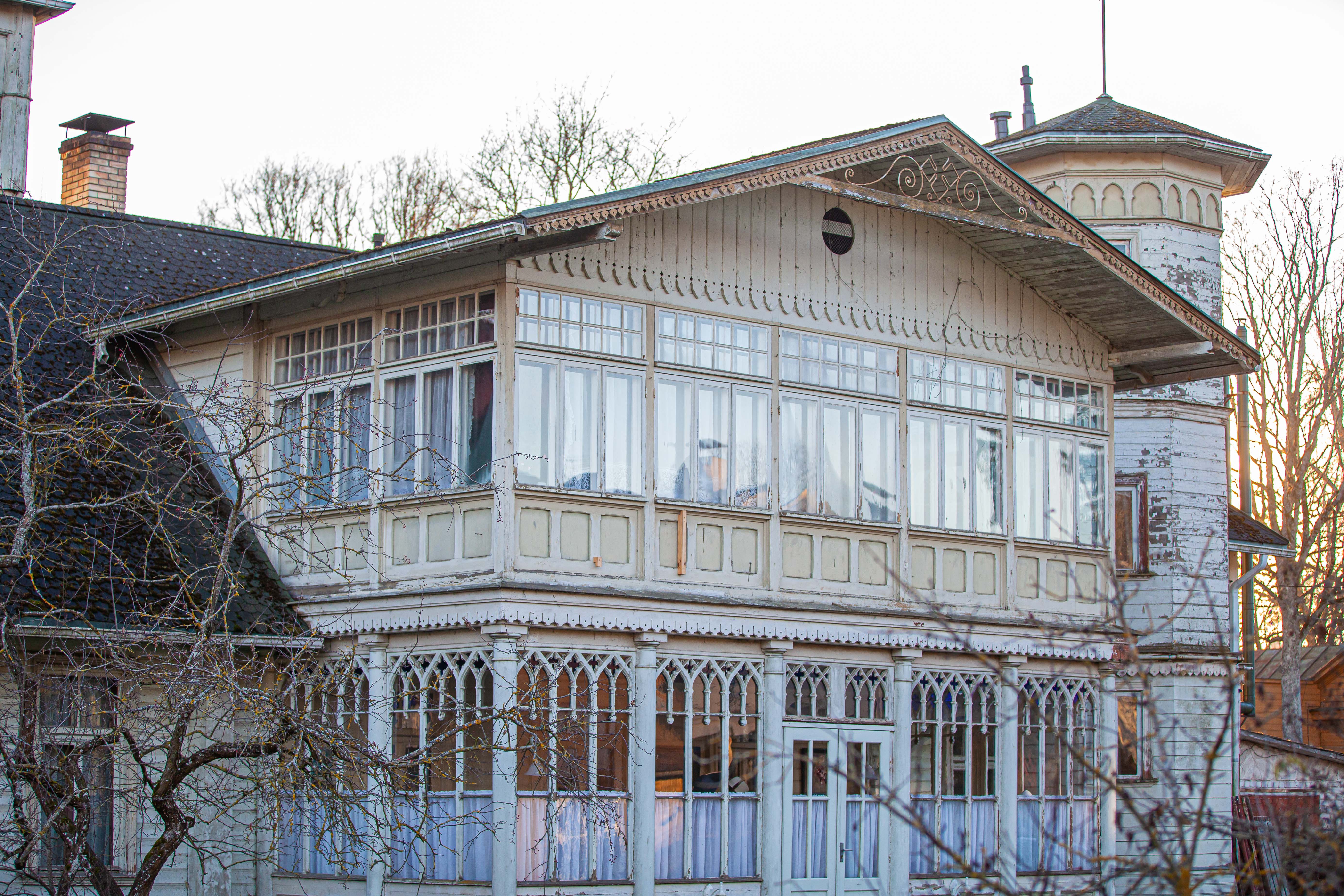
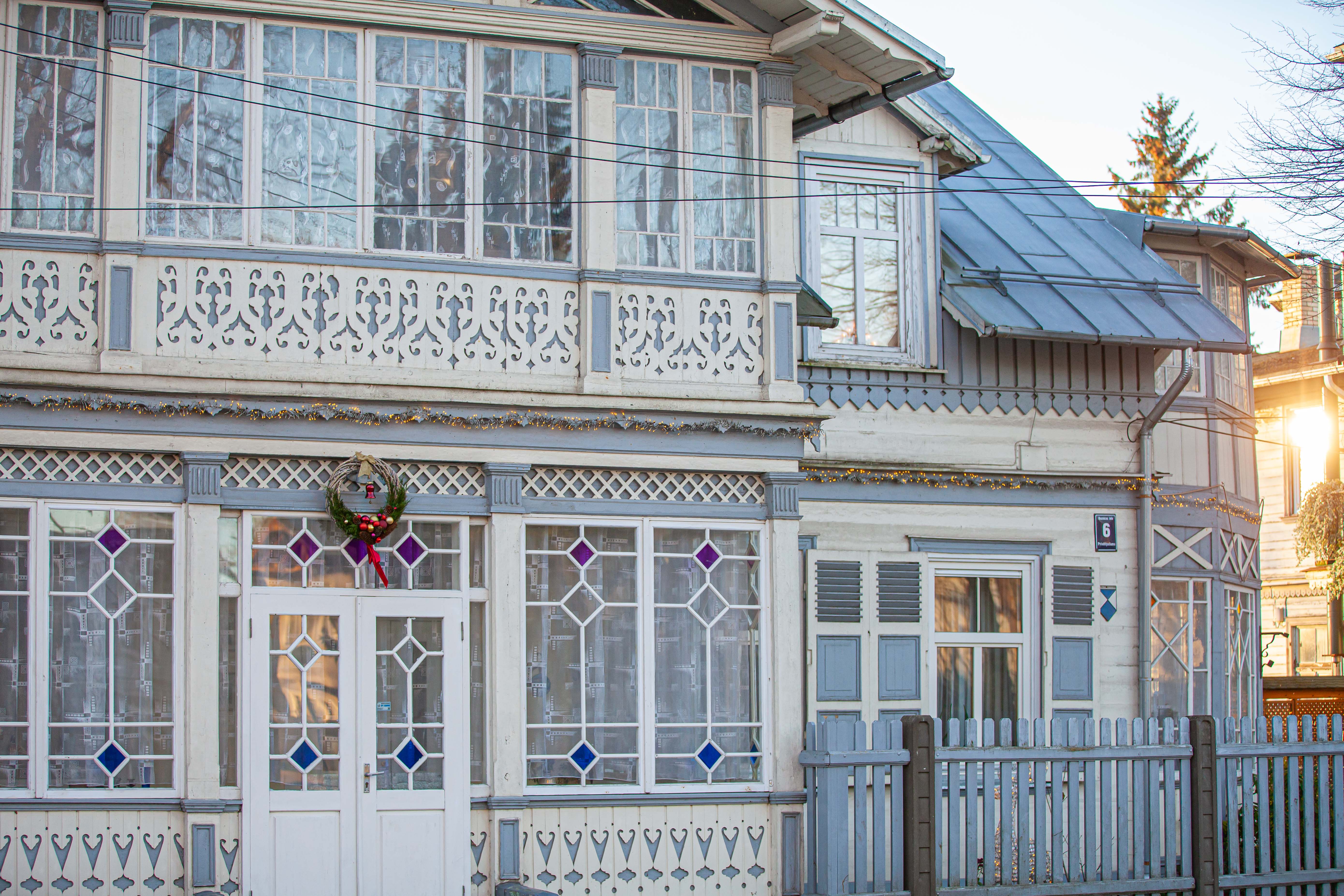
.JPG)
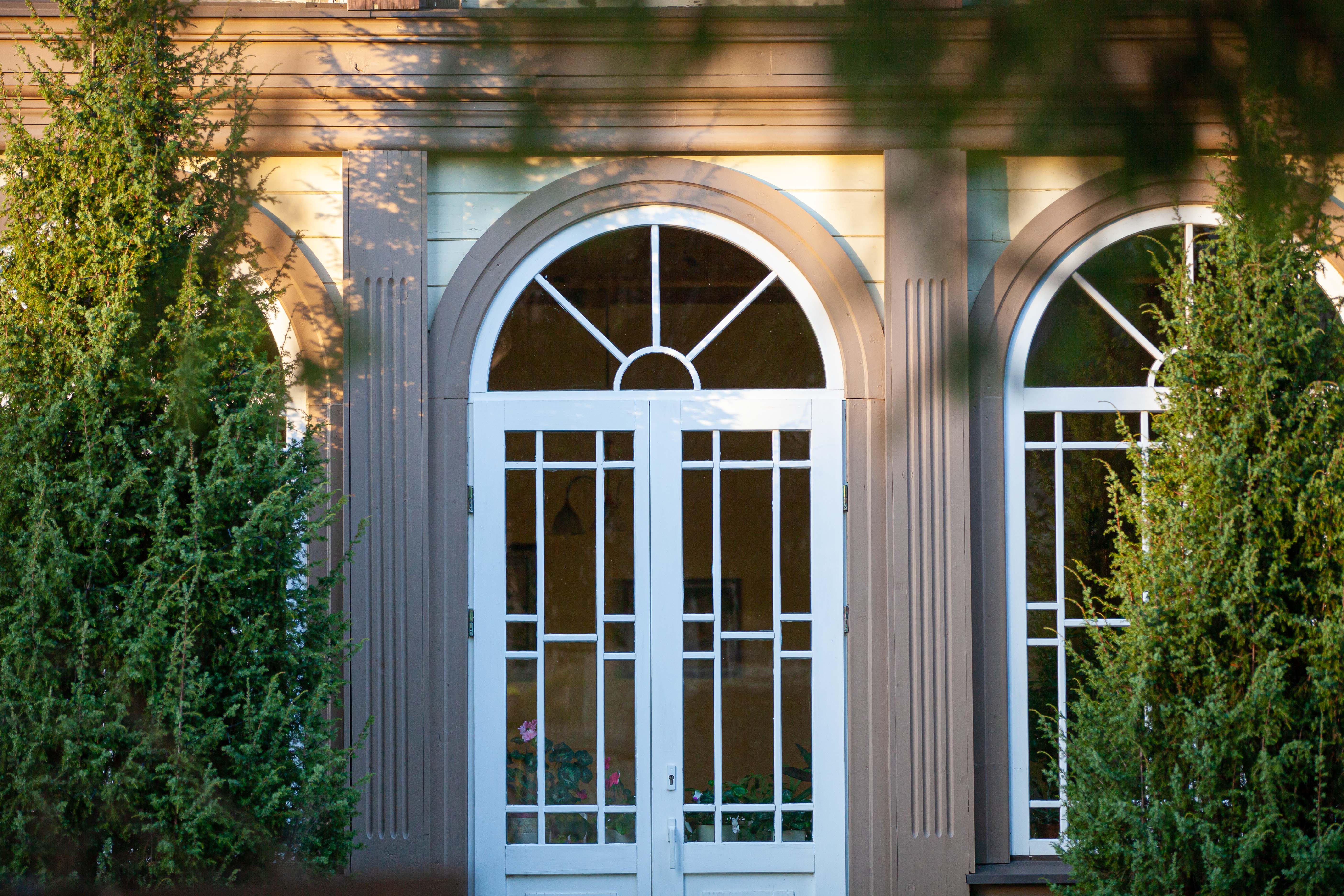
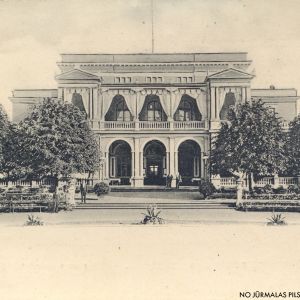
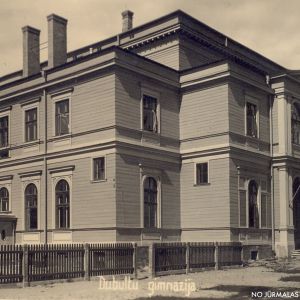
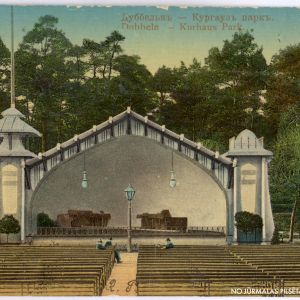
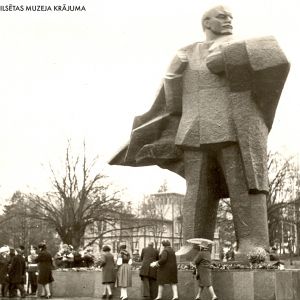
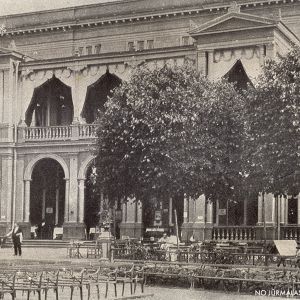
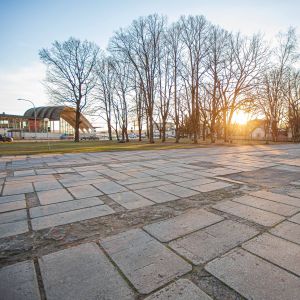
.JPG)
